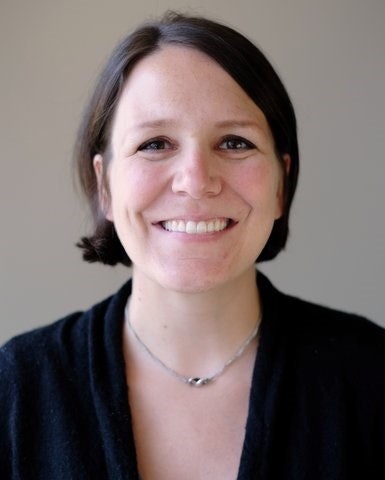Discouraged by data showing that nearly 42 percent of college students failed to earn degrees within six years, policymakers, institutional leaders, and practitioners are turning their attention to closing completion gaps that impact nearly every facet of higher education.
The resulting movement has fueled impressive innovations, as institutions pore over data in search of insights that can help them deploy more targeted innovations. And it’s generating results: completion rates continue to inch upward, while states are even making progress on closing achievement gaps among low-income and minority students.
 Debra Hart
Debra HartBut, even with these efforts, there is a population of students that continues to largely be neglected and left behind. Around 6.5 million Americans, and as many as 200 million people across the world, have an intellectual disability. While there have been tremendous gains for students with disabilities overall in the past decade and a half, students with intellectual disabilities — characterized by significant limitations both in intellectual functioning and in adaptive behavior — are still struggling, attending college at the lowest rate of students from any disability category.
These opportunity gaps in higher education extend to the workplace and keep many adults with intellectual disabilities from fully entering the workforce. Just 28 percent of working age adults with intellectual disabilities have ever held a job and only 18 percent of adults with intellectual disabilities report that they currently have a paid community job. Individuals with intellectual disabilities that do manage to enter the labor force and find a job are generally underemployed, working part-time and earning less than the minimum wage.
The cost of not providing students with intellectual disabilities with the support they need to thrive on their campuses and complete their degrees or credentials is clear — as is the value that a higher education credential can provide these students. Fortunately, activists, researchers, and students and their families have come together to fight for the high-quality, supportive options that people with intellectual disabilities deserve. And institutions are starting to take notice.
In many cases, the challenge for individuals with intellectual disabilities is not just the rigor of college academics, but rather the complexity of navigating campus life and independent living. Many colleges and universities struggle to provide these adults with the support they need to chart a path to completion.
Hybrid learning programs that integrate online learning elements into in-person programs are now removing physical constraints from higher education. Institutions are tapping the potential of new assistive technologies to provide a more inclusive academic experience. Broader adoption of speech-to-text software and other types of screen reader technology are allowing students with disabilities who struggle with written text to better engage with course material.
While these tools are valuable, assistive technology alone cannot provide students with intellectual disabilities with a sense of belonging and the opportunities they need to learn — and test — skills for independence. It is by combining these tools with new teaching and learning approaches that institutions can make a real difference for their students.
 Ann Werbach
Ann WerbachMany colleges and universities are now adopting principles from the universal design for learning framework in order to better support students with intellectual disabilities. This approach to curriculum, teaching, and assessment provides students with multiple options for how information is presented, how students respond or demonstrate their knowledge and skills, how students engage in learning, and how they demonstrate skill and content acquisition.
Higher education institutions have also found success from differentiated instruction—offering multiple learning pathways within the same classroom to address differences in student background, interests, and strengths by. By focusing on project and group-based learning opportunities rather than traditional lectures, students can have multiple opportunities to learn and engage with course content.
Still other programs have found success through the application of mentoring and coaching, which can aid retention for students from all backgrounds and is growing in popularity as a support for students with intellectual disabilities.
These early but successful initiatives point to promising practices that institutions of all types can use to support these students—best practices colleges and universities can use to promote equity, inclusion, and student success for all students.
This, in turn, could help lead to greater college enrollment for students with intellectual disabilities.
According to the U.S. Department of Education, students with Individualized Education Plans are 18 percent less likely than their peers to expect that they will obtain a postsecondary education. What if students with intellectual disabilities, instead, grew up believing that college was indeed an option after graduation? How would that change teachers’ conversations with parents and colleagues about students’ futures? How would that change how colleges and other adult learning providers engage with individuals with intellectual disabilities, their families, and their communities?
Individuals with intellectual disabilities should be afforded the same opportunities to strive, succeed, and—yes, sometimes— fail as any other student. As higher education continues its work to ensure greater numbers of students are graduating with the credentials they need for successful careers, they must ensure students with intellectual disabilities are not left out of the conversation.
Ann Werbach is the operations client manager at InsideTrack. Debra Hart works at the Institute for Community Inclusion at the University of Massachusetts, Boston.



















